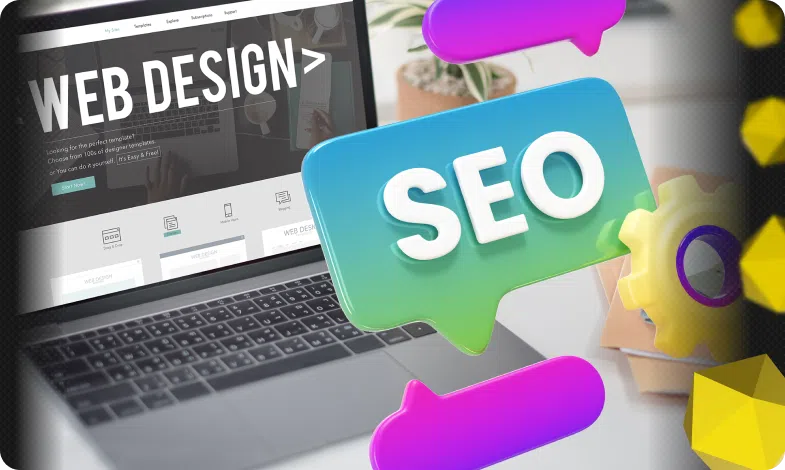Content of the article

Contextual advertising or PPC (Pay Per Click) are ads placed on a website that match the essence of the page. It requires payment for each click on an ad or banner.
It differs from other types of advertising in that it is related to the topic of the user’s request. Therefore, it targets a specific audience. Short advertisements appear in the output of the user’s search engines, and after clicking on them, the advertiser’s site opens. The point of contextual advertising is to reach not random users, but interested ones.
Offline contextual advertising began its journey. Cosmetics advertisements appeared in beauty magazines, local ads appeared on the radio, sports channels offered sports shoes and clothing. On the Internet, advertisements first appeared in the early 1990s. In 1993, a law firm from Silicon Valley placed the first clickable advertisement on the Global Network Navigator platform. After that, its active development began, as site owners looked for new sources of profit.
What PPC marketing is used for
Contextual advertising helps to address a number of issues:
- You can get quick results
After you submit your bid, your ads will start showing. Usually, ads are approved within a day, as sites are interested in paid advertising. Literally immediately you will be able to see the results, and therefore, and make adjustments, if necessary. In comparison, in SEO-promotion can take weeks or even months to see the results of work.
- It is possible to keep advertising costs under control
You decide on your campaign budget and cost per click. You can also decide on the time of day, location, device and other characteristics of your ads. The parameters depend on the site you have chosen.
- Campaign performance can be easily tracked and measured
Shows, conversions, clicks, history – all of this can be tracked by marketers. Regular monitoring and analysis of these indicators will allow you to optimize your ads and adjust your PPC rates strategy.
- Targeting advertising to specific audiences
Banners can be shown only to a certain part of users, namely those who have previously been interested in the product. That is, there is no need to spend budget on showing ads to absolutely everyone.
In addition, with the help of PPC you can increase online sales, inform users about promotions and new prices, attract new potential customers to the site, promote a new resource to a large number of people, launch a new product on the market, increase reputation and improve brand image.
Get a free consultation on how to launch contextual advertising for your website to attract your target audience and increase sales.Evaluate the benefits of contextual advertising
What is the difference between PPC and CPC
Sometimes these terms are used interchangeably, but this is incorrect.
PPC is the model according to which the price per click is formed.
CPC (Cost Per Click) is the price per click that the advertiser pays.
The price can be flexible or fixed. The flexibility of price formation is typical for social networks and search engines. The price per click in them changes depending on the competition that takes place at the time of the click. Also, the price depends on the quality of the site and banner. Advertising systems have their own standards for assessing quality, which require a separate individual approach.
PPS specialist: who it is and what his/her responsibilities are
A PPC specialist is a specialist in contextual advertising who knows everything about it: how to set it up so that it brings as many customers as possible for a small price; to whom it should be shown and how best to submit advertising messages; how to properly develop a strategy to get the best results.
Responsibilities of an PPS specialist
- Creating announcements
The specialist creates such a text of the advertisement to draw attention to the advantages of the offer. It is necessary to use a certain number of characters and to present the information without “water”.
- Campaign customization
An PPC specialist knows like the back of his or her hand the advertising offices on Google, Facebook or Instagram.
Ad customization includes:
- creating ads and uploading creatives in your personal advertising cabinet;
- selecting the audience (its gender, age, interests, social status) to whom the video will be shown;
- Customize ad displays based on time (specific days or hours);
- If advertising is needed for an online store, you will need to work with feed (a table of data about the product – price, description, color, size, etc.);
- The proper division of the campaign budget;
- determining the cost per click on advertising, conversion.
- Tracking of launched campaigns
Once the ads are running, you need to keep an eye on these metrics:
- whether all ads have been moderated (sometimes good ads have to be redesigned);
- whether the budget is being written off as planned;
- What user behavior and whether there are conversions from ads;
- whether the calls are coming from the commercials.
- Analyzing the effectiveness of advertising
When enough information has already been gathered, you need to analyze such points:
- whether the investment in promotion is paying off;
- how many leads and conversions came from the campaign;
- What audience the calls from the ads are coming from;
- Whether keywords are driving untargeted audiences.
- Ad Optimization
The PPC specialist observes what “hits” the audience and what doesn’t. Disables the campaign, if necessary, or optimizes it (adds keywords, increases the list of minus words, reallocates the budget).
- Generation of reports and forecasts
The specialist can confirm the result of his work with the help of data. This can be a report from Google Analytics or a sample of key indicators presented in Google Spreadsheets or Excel, Microsoft Power BI, Google Data Studio, a report on campaigns from end-to-end analytics or a call tracking report on calls from contextual advertising.
- Finding new opportunities to achieve results
In order to find new ways and opportunities to achieve results, a PPC specialist needs to constantly evolve. New advertising tools need to be studied, hypotheses and creatives need to be tested, and new channels for getting traffic need to be explored. In order to keep up with new trends, specialists often join chat rooms on context, subscribe to channels with this subject, and read publications on digital.
What are the types of contextual advertising
Depending on where advertising is displayed, it is divided into search advertising (displayed in the search engine) and thematic advertising (displayed on websites, mobile applications and other resources). Below we will consider each type of advertising in more detail.
- Search ads are those that are shown on the user’s search engine results page. It is most often placed at the top of the page and appears after you have entered keywords.
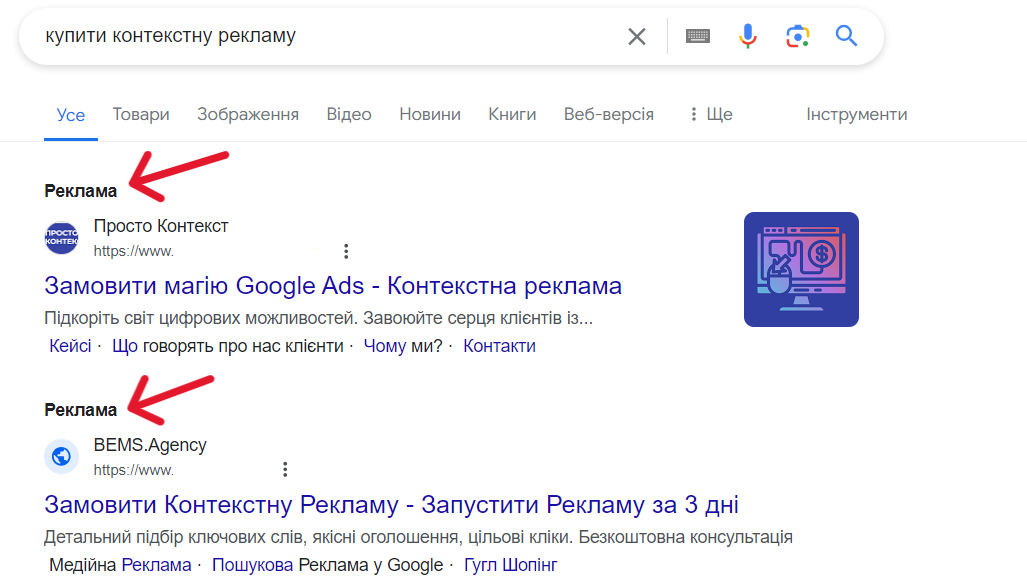
- These are advertisements in the form of an image. If you click on it, you will go to the landing page or website of the advertiser. Such a banner can be placed on a blog, website or within Google AdWords. Banners include: a picture, a headline, information about promotions or price, a call to action (for example, “order now”).
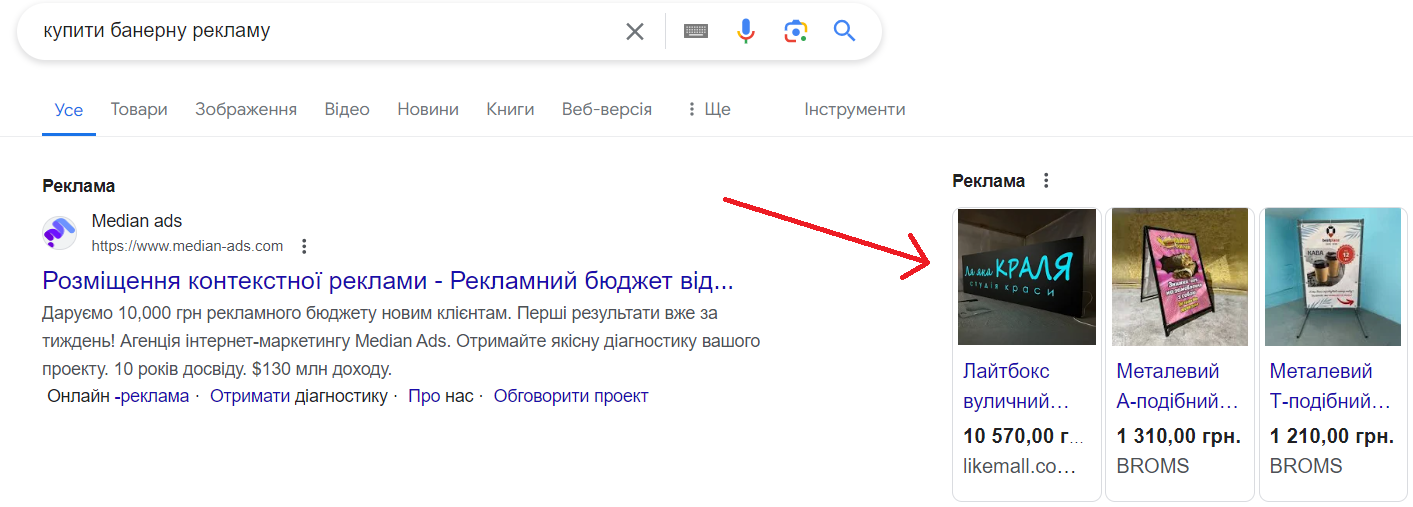
- This is an advertisement that shows a product above the search ribbon. To view it, you do not need to go to the store’s website. Usually it contains the following information: product image, name, price, additional data (color, weight, size, model), name of the online store.
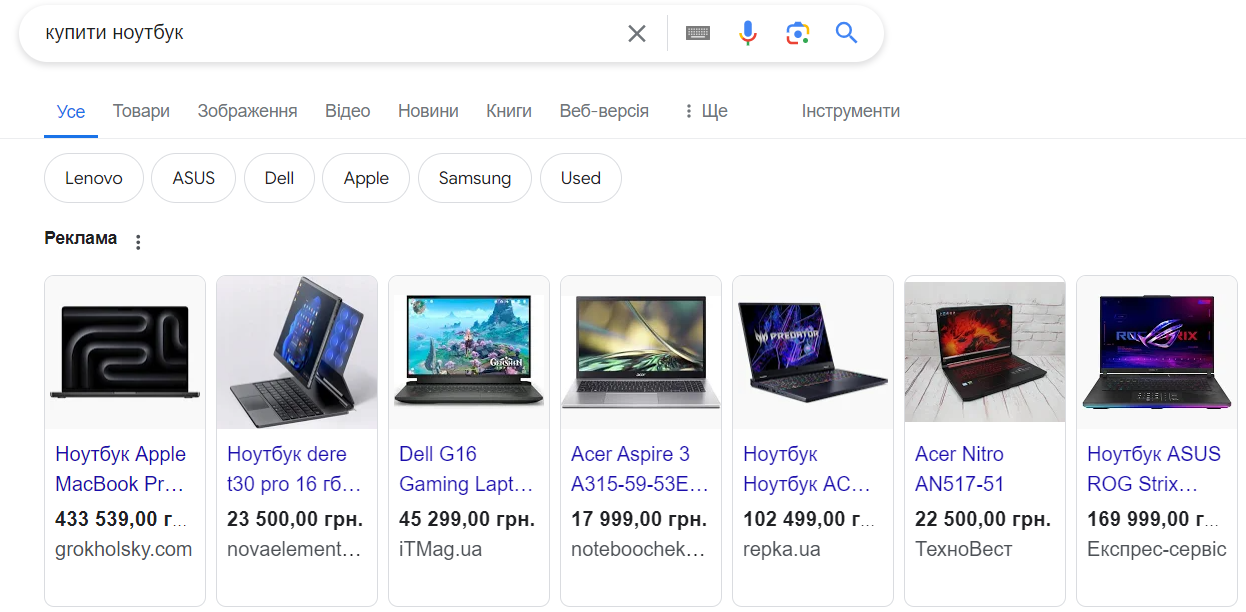
- Video ad. A video clip is specially mounted for it, which contains a link to the promoted resource. Video ads are visible on partner sites, on YouTube and in mobile applications.
In order to place advertising, the site needs to be checked for authority and relevance by search engines. Therefore, before launching contextual advertising, it is simply necessary to finalize the site, to make it for visitors the most useful. If the content will be irrelevant, and the site is not attractive – there is a chance that the budget will be wasted.
Advantages and disadvantages of contextual advertising
So, to the pros of contextual advertising can be attributed:
- getting quick results after launching an advertising campaign;
- extensive audience reach for keywords;
- payment for results only;
- An inexpensive and profitable form of advertising;
- the ability to make changes to the campaign after it has been launched;
- control and analytics of advertising using online tools;
- Addressing the target audience;
- is not intrusive to the user;
- versatility in relation to the product being advertised.
As for the downsides of the PPS, they are as follows:
- competitors making untargeted clicks, which can lead to budget draining;
- small term – payment stops coming in, the number of visitors decreases;
- in competitive topics, the cost per click is quite high;
- there is a limit on the number of words in queries;
- the use of ad blockers by users;
- people’s discontent, banner blindness;
- advertisements have little impact on search engine promotion.
How to build a PPC campaign strategy
- Do keyword research
This is where your campaign strategy should start. In order to decide on the right keywords, you need to know what words your customers use to find your site.
First, generate an initial list of all the keywords your audience might use. Evaluate each one using keyword analysis tools. This way, you’ll find the ones with the highest search volume and the most relevance. But remember that keywords with low volume will cost less. And if they are relevant to your offer, they will give you an advantage.
- Explore specialized advertising platforms
All platforms have the same concept but have their own guidelines for contextual advertising. You need to familiarize yourself with the restrictions and rules, as they will influence your decisions in the future.
You need to learn about all the targeting options on your chosen platform. You often have the option to focus your CA based on device and location. You can also set the time when your banner should be active.
- Make your goals fit your budget
Once you have completed the previous two points and made sure you understand the CPC (price per click) for different types of banners, you can start allocating your campaign budget. To do this, you need to:
- Frequency control (you need to check if you can control the distribution of your content; some platforms give us full control, while others limit it as much as possible);
- Audience reach (analyze which platforms have high conversion rates and accurately distribute your audience);
- Review quality (research where your CA is consuming content and how many relevant users will have the opportunity to see your ad).
All this data will help you allocate your budget correctly to get maximum reach with minimal advertising costs.
- Create campaigns and ad groups
Here’s everything you need to do to get your PPC marketing up and running:
- create an account;
- select key queries and create an ad campaign, ad groups, ad text and landing page;
- Determine your budget and rates – the highest amount you are willing to pay;
- Establish its RRS objectives and key performance indicators.
To summarize
In this article, we looked at what contextual advertising is, what types there are, and who a PPC specialist is.
Setting up contextual advertising involves creating an ad and selecting the target audience to which it is directed. Effective PPC will noticeably increase traffic to your site, increase brand awareness or sales – depending on what your goals are.

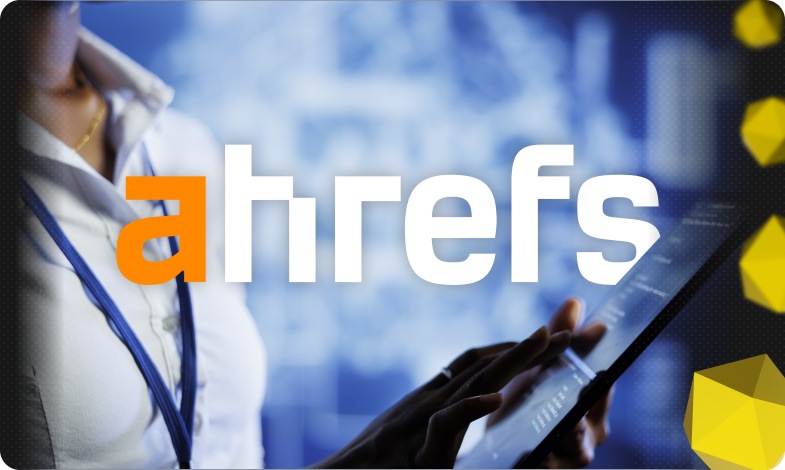
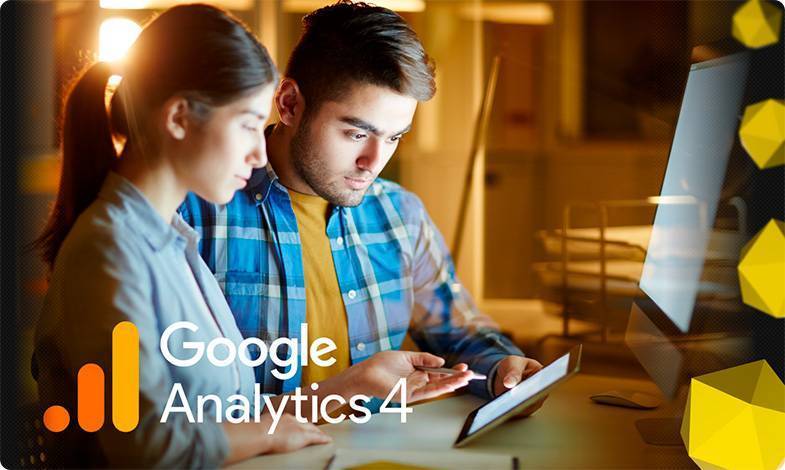

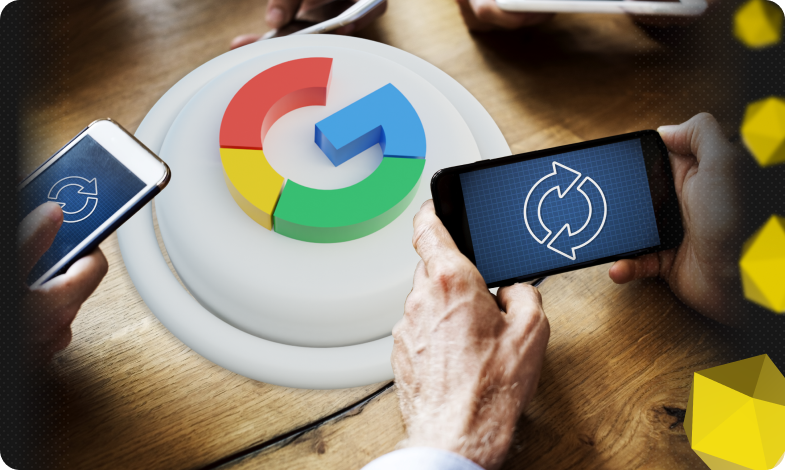


 18/09/2023
18/09/2023  3395
3395


